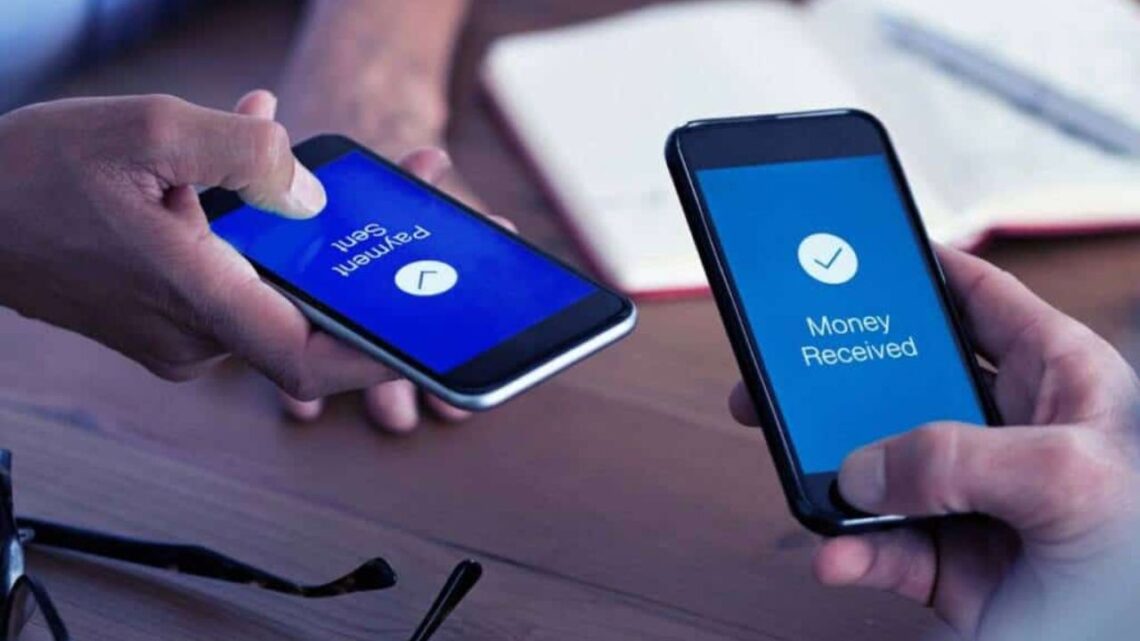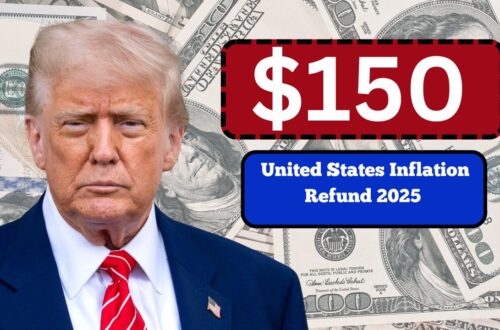Peru is undergoing a digital banking revolution. According to the latest Residential Telecommunications Services Survey (Erestel) by OSIPTEL, internet use for mobile banking has surged dramatically—from 13.8 % in 2022 to 43.6 % in 2024.
That’s more than a three-fold jump in just two years. This rapid adoption reflects growing confidence in digital channels and deeper penetration of smartphones across populations.
But mobile banking is just one part of a broader shift in how Peruvians communicate, entertain themselves, and interact with financial services.
Key Growth Metrics & Trends
| Indicator | 2022 | 2024 | Growth / Notes |
|---|---|---|---|
| Mobile internet banking usage | 13.8 % | 43.6 % | ~3× increase |
| App-based calls (WhatsApp, Zoom, Meet) via mobile | 50.9 % | 77.1 % | +26.2 percentage points |
| Streaming audiovisual (no download) | 30.2 % | 45.1 % | +14.9 pp |
| Mobile lines in Peru | — | ~42.70 million | Total mobile lines reached this level end of 2024 |
| Payment evolution | — | Digital wallets & mobile banking ~34 % of payment share | Digital wallets / mobile payments gaining ground |
These figures show how Peruvians are weaving digital usage deeply into daily life—not just for banking but for communication and entertainment as well.
Why Is Mobile Banking Usage Exploding?
1. Trust & Confidence in Digital Channels
Peruvian regulators and telecom authorities note that citizens are increasingly trusting apps, e-wallets, and mobile interfaces for financial services.
As security improves and institutions promote digital tools, the hesitancy that once held back broader adoption is fading.
2. Greater Smartphone & Internet Access
Smartphone penetration has grown steadily, and mobile internet connectivity is now pervasive in urban and semi-urban zones. The jump in mobile banking mirrors this infrastructure advance.
3. Interoperability & Financial Inclusion Policies
Mandates and policies aimed at interoperability among mobile payment systems, combined with efforts to bring traditionally unbanked populations into the digital fold, have catalyzed adoption.
Digital wallets and mobile banking tools now bridge gaps that cash or traditional branches couldn’t reach.
4. Ecosystem Momentum
The rising use of mobile calling apps (WhatsApp, Zoom, Meet) from 50.9 % to 77.1 % shows how mobile connectivity has become a default channel for communication. This broader digital habit makes mobile banking an easier behavioral shift.
Similarly, growth in streaming media access (from 30.2 % to 45.1 %) signals that users are increasingly comfortable with data-intensive apps.
How Mobile Banking Is Changing Peru’s Financial Landscape
- From cash to mobile: Though cash remains significant, smartphones and wallets are increasingly displacing small-value cash transactions in everyday settings.
- Digital wallets rising: Digital wallets now command a rising share of retail payments. By 2024, mobile banking and wallets accounted for about 34 % of payment methods.
- Lowering transaction costs: Many mobile platforms reduce or eliminate fees, making digital transactions attractive, particularly for low-value payments.
- Inclusion in rural or underserved areas: Mobile tools extend banking access beyond traditional branches, helping people in less served regions to send/receive money, pay bills, or manage accounts easily.
- Data-driven financial offerings: Banks and fintechs can better tailor micro-loans, offers, or services based on usage patterns gleaned from digital behavior.
Challenges & Risks
- Digital literacy gap: Some users still lack experience or confidence using banking apps, especially in older or rural populations.
- Security & fraud concerns: As usage rises, so do threats—phishing, account takeover, and data leaks must be managed.
- Unequal infrastructure: Remote regions may lag in connectivity or smartphone access, limiting benefits in those areas.
- Regulatory balance: Authorities must facilitate innovation while ensuring safe guardrails around privacy, anti-money laundering, and consumer protection.
Peru’s mobile banking boom is real—and swift. The leap from 13.8 % in 2022 to 43.6 % in 2024 underscores how digital finance is transforming how people bank, pay, and engage with the economy.
Fueled by increased mobile connectivity, trust in apps, and national policies supportive of inclusion, the shift signals a new chapter in Peru’s financial evolution.
As banks, fintechs, and regulators adapt, ensuring security, equitable access, and user education will be crucial to making this digital transformation sustainable and beneficial for all Peruvians.









